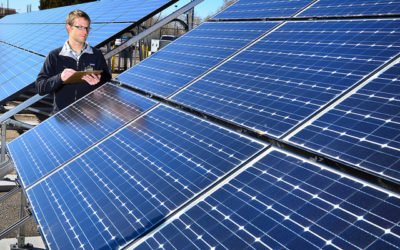[wordpress_file_upload singlebutton=”true” uploadpath=”factfinder-uploads” resetmode=”onsuccess” duplicatespolicy=”maintain both” uniquepattern=”datetimestamp” uploadtitle=”Supporting Documents Upload Below” selectbutton=”UPLOAD FILES”]

Serving some 4 million residents, Los Angeles Department of Water and Power LADWP is the largest publicly owned utility in the US. It’s able to draw on some 7,200 MW peak of power. Providing an idea of just how much solar energy potential there is in LA, sunlight could generate up to 5,500 MW of electric power in Los Angeles, according to UCLA’s Luskin Center for Innovation.
Aiming to help meet the goals of California’s SB 1 “Million Solar Roofs” legislation, LADWP’s Solar Incentive Program was reopened and is open to residential applicants. The new budget limit for non-residential applications was reached in August 2013, prompting LADWP to close the program down, at least until July 2013 when it is slated to reopen.
For those who qualify, the incentive program covers up to 75% of project costs for residential, government, and non-profit installations, and up to 50% of commercial installations. The maximum rated capacity for a rooftop solar PV system to be eligible for the program is 5 MW, with the minimum set at 1 kilowatt kW.
In its search for the most effective means of boosting solar PV in Los Angeles, LADWP in July launched a pilot Feed-in Tariff FiT program, an alternative type of an incentive program. The FiT Demonstration Program allows third-party solar power producers to sell as much as 10 MW of solar power directly to LADWP and its electric grid. The city utility received 26 applications for the FiT Demonstration Program during a 1.5-month bidding period, with short-listed projects expected to undergo interconnection studies in August and September. This is a major game changer for many, because you can tell that solar is actually working. To see if you qualify for a program that suits your property and your budget. Call us now to discuss the options you have to save with solar energy.


